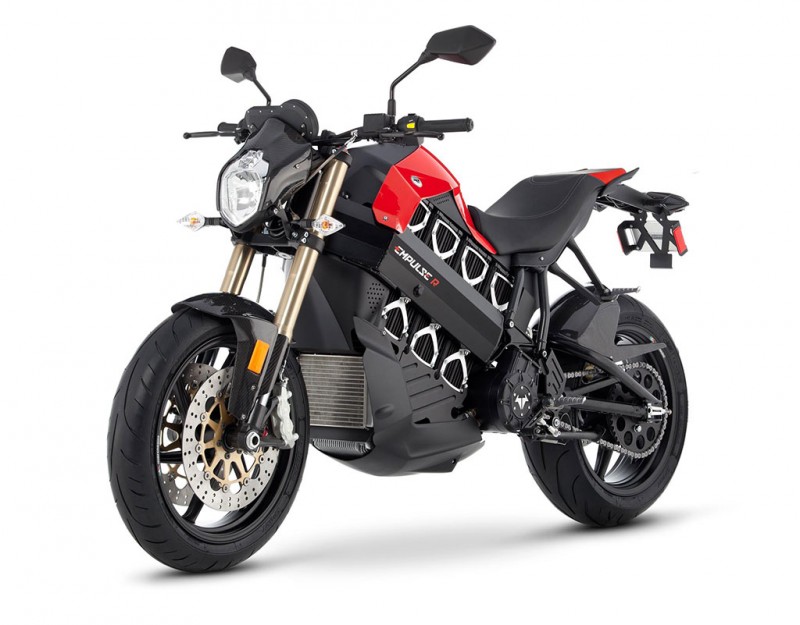Questions such as, “What will happen to EV sales after tax incentives and grants run out” are beginning to be answered by the likes of Brammo electric motorbikes in the US. In America, the Federal Tax Incentives for two wheel electric vehicles were about to expire a year ago but were extended after a US Senator, Jeff Merkley, and a Congressman, Greg Walden, stepped in. As of the new year, that extended incentive has now expired too.
Brammo, a leading developer of electric vehicles – particularly electric motorbikes – has announced for the New Year 2014, a $2,000 retail incentive on the 2013 Brammo Empulse model and a $1,000 incentive on the 2013 Brammo Enertia Plus.
The incentives are to help ensure customers wanting to purchase a 2013 Brammo don’t see the cost rise by 10% due to the lack of Tax Incentive from the government.
Brammo continues to lobby for an extension of the Federal Tax Credit for two wheel vehicles. Craig Bramscher, CEO and Founder of Brammo said:
“It is widely accepted that Federal Incentives will help kick start the EV industry. Four wheel EVs, from the Tesla S to the Smart Car, receive a $7500 Federal Tax Credit. Our customers and dealers believe that a 10% incentive on two wheel EV’s will provide benefits ranging from decreased dependence on fossil fuels to a cleaner environment, and we agree.”
Electric car Federal Tax Incentives have not stopped despite the expiration of two wheel electric vehicle incentives.
The wider problem for most manufacturers will arise when electric four wheel vehicle grants come to a stop. With many manufacturers coming to market with new electric vehicles, such as Volkswagen with the e-up!, the market is developing rapidly which should aid in price reductions as competition increases.
Many have criticised the current high price of electric vehicles when compared to their internal combustion powered counterparts. The problem is that EVs are seen as having an initially high asking price necessitating many thousands of miles to be covered before cheaper ICE vehicles become more expensive. In other words, monetarily, the cost benefits of owning an electric car do not show until the car is old and has covered many thousands of miles. As such, government grants do help to reduce this difference and when they disappear either EVs need to already be cheaper or manufacturers, such as Brammo need to offer incentives or reductions of their own to soften the blow.
Source; Brammo

